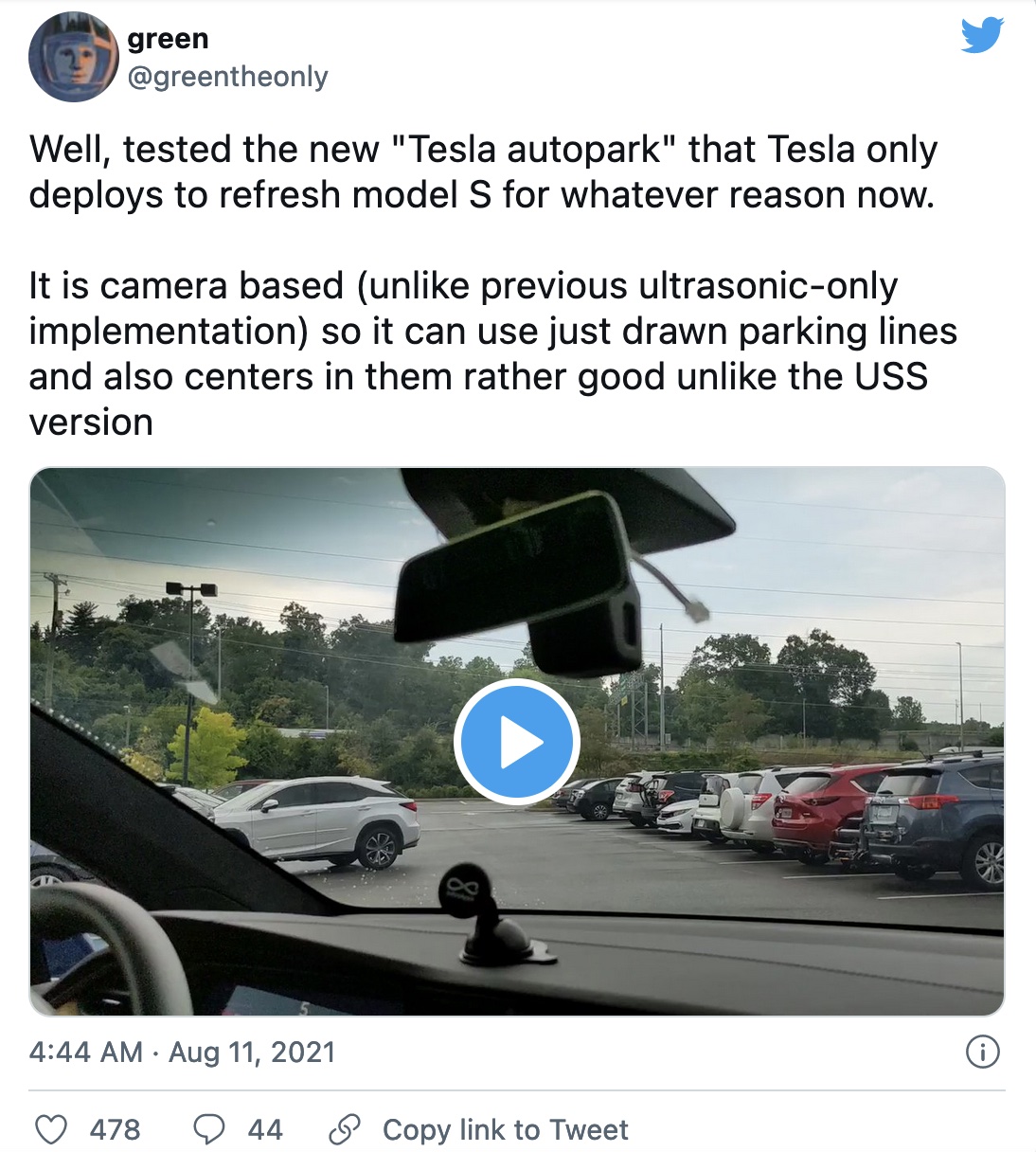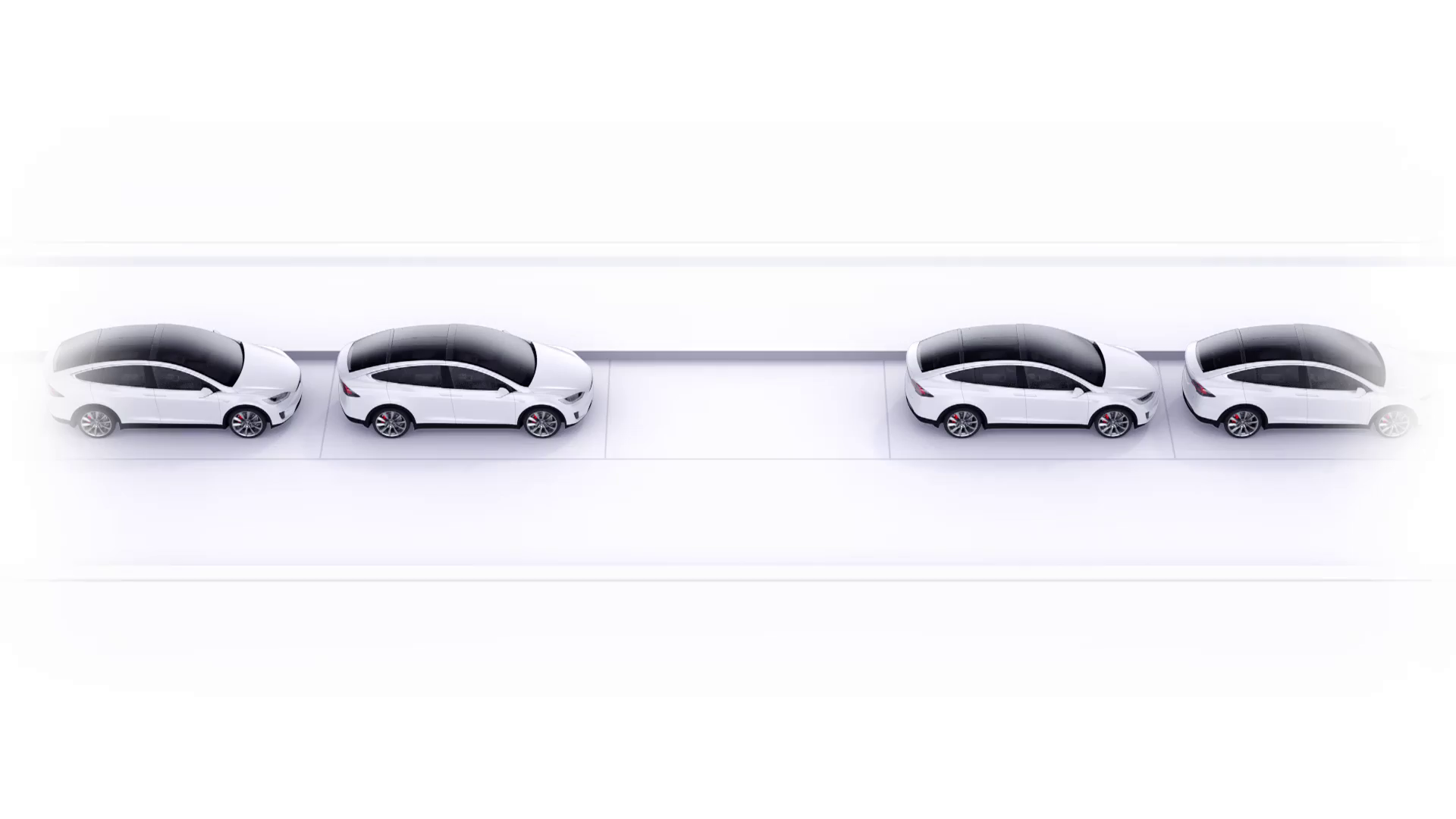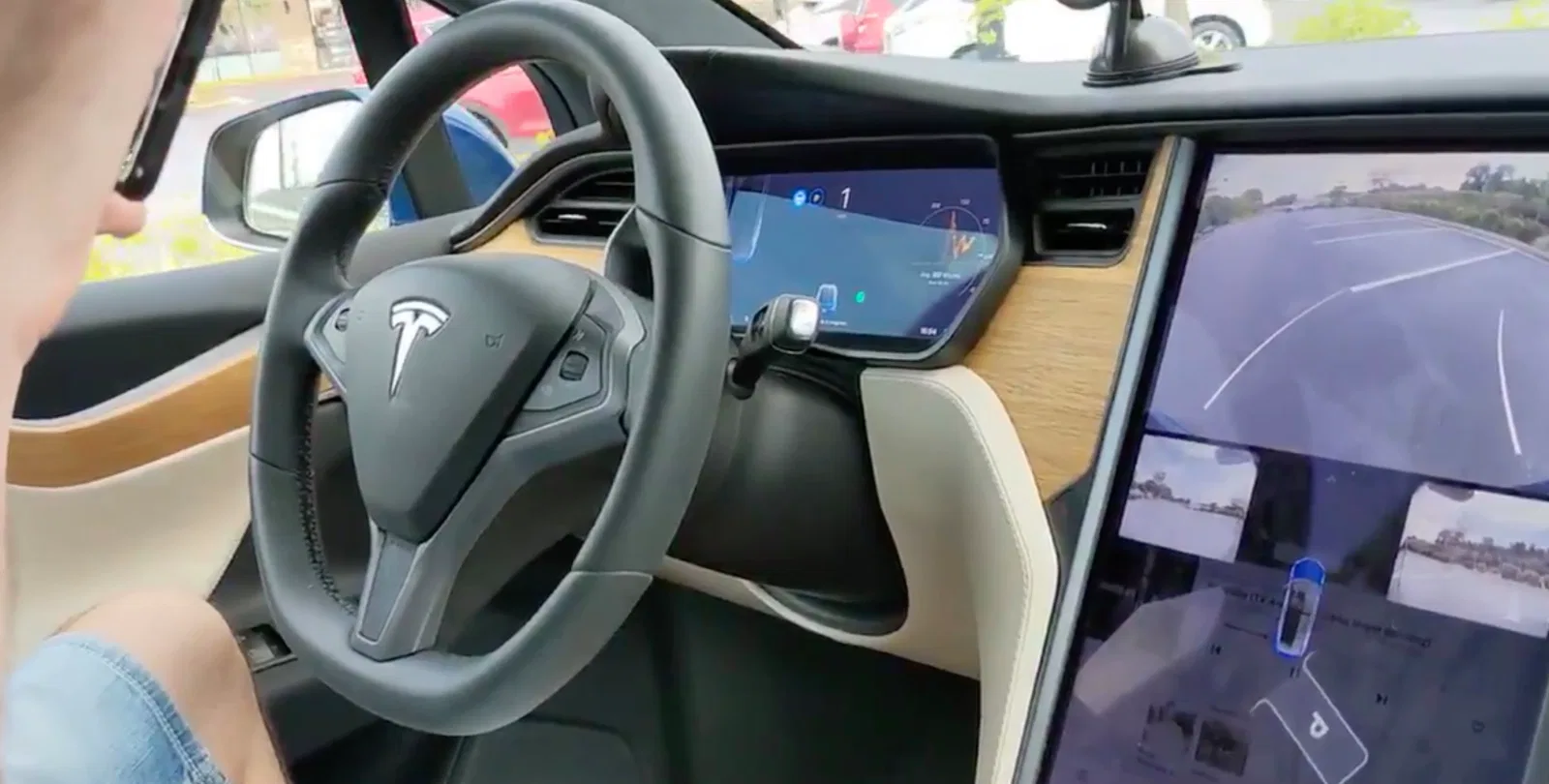Currently, according to a tweet from Green, Tesla has launched the Autopark automatic parking system based on the new Tesla Vision computer vision system. Its characteristic is that it can perform automatic parking using only the visual system.
Since Tesla released FSD Beta V9, it has radicalized by abandoning the radar system and turning to use only the visual system. Today, in addition to assisted driving, even automatic parking begins to use visual algorithms.

Previously, Tesla’s automatic parking system has always relied on ultrasound radar sensors around the vehicle. However, the limitation of using the radar system for automatic parking is that the two vehicles on both sides of the parking space must be parked in the parking space before the radar system can recognize the parking space. The radar system cannot “see” the parking space like “eyes” and can only calculate the parking space through the recognition of the two side vehicles by algorithm. Now, after using visual algorithm-based automatic parking, the vehicle’s “eyes” have been “opened” and can identify parking spaces by “looking” at the parking lines on the ground, even when there are no vehicles on both sides. Its applicable range is much larger than the previous radar algorithm.
Although currently, this feature can only be used on Model S, Tesla is expected to quickly promote it to other models equipped with FSD.

Today, Tesla, as a manufacturer that radially uses pure visual algorithms for autonomous driving, has taken a completely different path from other manufacturers who use visual plus radar and some manufacturers who use high-precision maps to complete autonomous driving. We don’t know what surprises Tesla will bring to us in autonomous driving in the future.
🔗 Information source: electrek
This article is a translation by ChatGPT of a Chinese report from 42HOW. If you have any questions about it, please email bd@42how.com.
